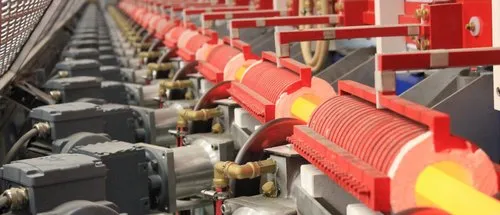Annealing / Stabilizing (Heat Treatment)
Annealing Heat Treatment
Annealing is a heat treatment process used to alter the microstructure of materials, typically metals or glass, to change their mechanical or electrical properties. It involves heating the material to a specific temperature, holding it at that temperature for a certain period, and then slowly cooling it down.
Annealing offers several benefits, including improved machinability, increased ductility, reduced hardness, and enhanced electrical conductivity. It is widely used in various industries, including manufacturing, electronics, and metallurgy, to optimize the properties of materials for specific applications.

Stabilizing Heat Treatment
Stabilizing heat treatment is a process used primarily for certain types of stainless steels and some other alloys to reduce or eliminate the formation of harmful intermetallic phases, such as sigma phase, that can degrade the material's mechanical properties at elevated temperatures.

The stabilization process typically involves heating the material to a specific temperature range, usually between 800°C to 950°C (1470°F to 1740°F), depending on the alloy composition. This temperature is chosen to allow the chromium carbides or other carbide-forming elements to dissolve into the matrix of the material. The material is held at this temperature for a certain period to ensure the dissolution of carbides and then slowly cooled down to room temperature or quenched, depending on the specific requirements of the material and application.

